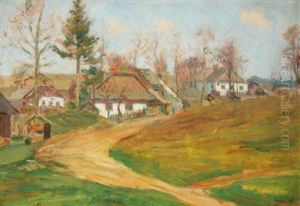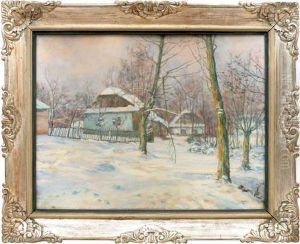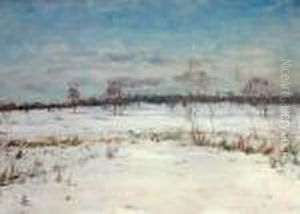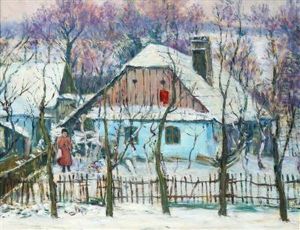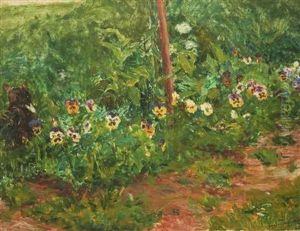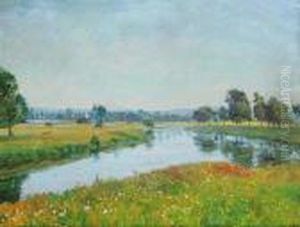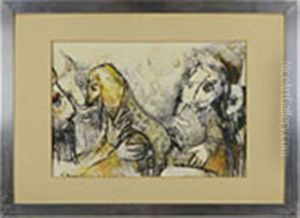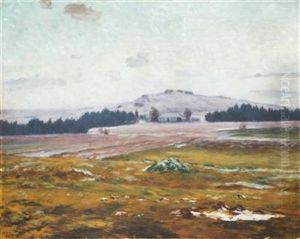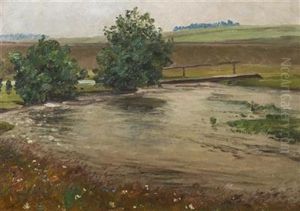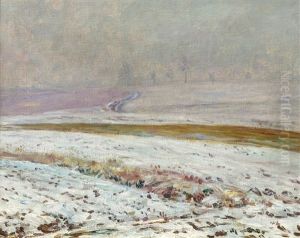Frantisek Kavan Paintings
František Kavan was a Czech painter and graphic artist, born on September 24, 1866, in Kladno, a city in the modern-day Czech Republic, which at the time was a part of the Austro-Hungarian Empire. He is known for his contribution to Czech Symbolist painting as well as for his later work in Expressionism.
Kavan's early artistic training began at the Academy of Fine Arts, Prague, where he studied under the renowned Czech artist Maxmilián Pirner. Pirner's influence was pivotal in shaping Kavan's early style, which was characterized by a fascination with mythology, mysticism, and the spiritual, themes common to the Symbolist movement.
By the turn of the 20th century, Kavan had developed a distinctive style marked by a moody and atmospheric quality. His works often featured dreamlike landscapes, ethereal figures, and an evocative use of color that sought to capture the intangible aspects of human experience. Kavan's paintings from this period are considered some of his most important and reflect the wider Symbolist movement's concerns with depicting the inner world of emotions and ideas.
As he matured, Kavan's style evolved, and he became more interested in the formal aspects of painting, including the use of bold colors and dynamic brushwork that later aligned him with Expressionism. This shift mirrored the changing art movements of the early 20th century, as artists across Europe were seeking new ways to express the anxieties and upheavals of the modern age.
František Kavan's career spans a period of significant change in European art, from the decline of Romanticism to the rise of modernist movements. Although he may not be as well-known internationally as some of his contemporaries, his work remains an important part of Czech art history. He continued to paint and exhibit his works until his death on October 24, 1941, in Prague, leaving behind a legacy that has been appreciated by art historians and collectors alike.



